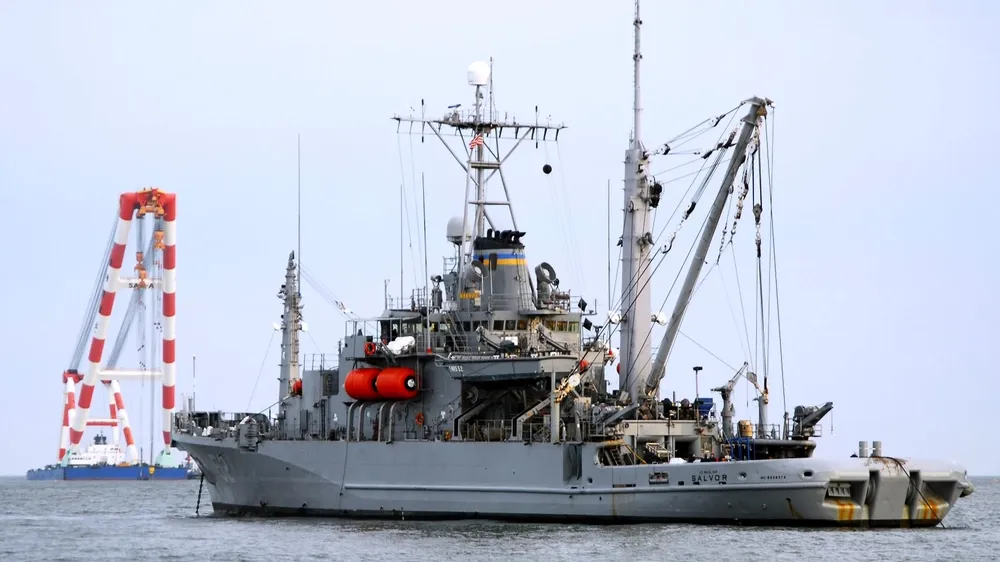The U.S. Navy is actively searching for two aircraft that reportedly crashed in the South China Sea. This incident has attracted significant attention due to the strategic importance of the region and the complexity of the search and recovery operations.
Details of the Incident

The crash involved two U.S. Navy aircraft yet to be fully identified, believed to have been on a routine mission. The South China Sea, a disputed maritime region, poses various challenges for search and rescue operations due to its vastness and geopolitical tensions. Efforts are being made to determine the cause of the crash, focusing on gathering data from the aircraft’s black box and other surveillance features.
Initial reports have not confirmed any casualties, but the critical condition of the crew remains a primary concern for the Navy. The incident emphasizes the risks faced by military personnel operating in complex and often contested environments.
Search and Rescue Operations

The U.S. Navy has deployed a fleet of ships and aircraft to locate the wreckage and rescue any survivors. Advanced technologies, including sonar and fixed-wing aircraft equipped with search systems, are being employed to scour the possible crash sites. Collaboration with regional allies and maritime authorities has also been established to expedite the search efforts.
Historically, the South China Sea’s volatile weather and navigational challenges complicate military operations. The Navy’s experience in these waters assists in tailoring their search strategies to adapt to myriad possibilities.
Geopolitical Implications

This incident has drawn attention from neighboring countries, highlighting the strategic importance of the South China Sea. It underscores the potential for increased military presence and surveillance activities by the U.S. Navy and its allies, which might draw diplomatic responses from countries like China, which claims vast portions of the sea.
On a broader scale, the crash underscores the delicate balance of power that nations must navigate in the region. As military activities increase, so do concerns regarding potential misunderstandings and conflicts in these contested waters.
Impact on Naval Operations

The incident may lead to a reevaluation of safety protocols and operational procedures in the U.S. Navy. Lessons learned from this crash will likely shape future training and mission planning, ensuring that risks are mitigated and personnel safety is prioritized.
Additionally, the Navy may explore technological enhancements in aircraft design and communication systems, aiming to avert similar tragedies in the future. This situation serves as a critical reminder of the inherent dangers faced by service members.
In conclusion, the search for the crashed U.S. Navy aircraft in the South China Sea emphasizes the complexity of military operations in contested waters. It highlights not only the immediate need for robust rescue efforts but also the broader geopolitical and operational aspects that come into play.





